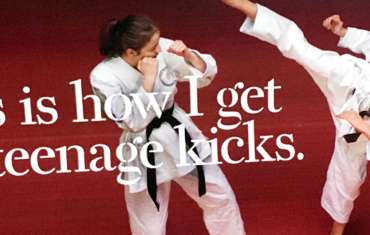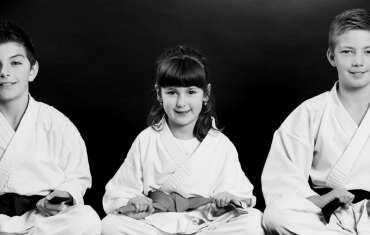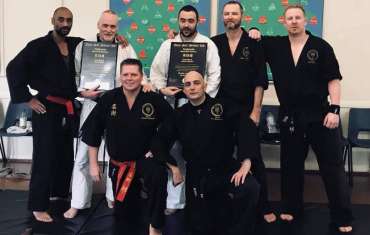Click on pics to see more
Club Gradings
What is a Grading?
The system of progressing through the various Jujitsu belts is the basis of the grading process.
These belts provide milestones that students can use to quantify their progress as they work towards mastering the art. Students that spend more time training and honing their skills will be rewarded with a faster progression through the Jujitsu belts.
Although the Jujitsu belt ranking system is a Western invention, there are rumours that this tradition originated in the East. According to ancient myth, a novice to a martial art would have a clean, white belt, which would become dirty and coloured over time, representing their progress.
Jujitsu Syllabus
Most Jujitsu training academies will have a solid structure in place for evaluating a student’s progression.
For each stage of the learning process – or belt – academies have defined a list of techniques that students must be able to perform.
his syllabus gives students a clear idea of what is required for each stage, allowing them to see themselves progressing as they move closer towards the next milestone.
The videos below show the techniques that beginners learn in order to get their first belt as well as a video showing more advanced techniques.
Advanced Techniques
Junior Black Belt Grading
The Grading
The Jujitsu student and instructor will both decide, based on the progress, whether the student is ready to test their ability and be promoted to the next Jujitsu belt.
If the student is deemed to be ready, they will perform an assessment involving a demonstration of their ability to perform the techniques required.
If the student completes each element of the grading process to an adequate level, they will be awarded a new belt and will progress through to the next stage towards mastering the art of Jujitsu.
How often are gradings?
The speed of your progression depends on the amount of time you put in.
An adult starting out in Jujitsu should expect to achieve their next belt grade every 5 or 6 months.
Typically training twice a week, students take around 5 to 7 years to achieve black belt
Belt colour progression is White, Red, Yellow, Orange, Green, Blue, Purple, Brown and Black
Intermediate Belts
Younger students are also awarded ‘intermediate’ striped belts, as well as ‘full’ belts, in an attempt to keep them interested.
Younger students can get bored relatively quickly, and these tags allow them to constantly see themselves progressing.
Tags can be given to reward a student for mastering as few as three techniques, giving them a clear indication of their progression.
Free
Taster
Session
Free class sign up!
Choose the Class
Training Programs

The beauty of jujitsu training is that it does not rely on power or strength. It relies on the concept of using the attacker’s momentum against them. It is suitable for everyone from 7 to 70 years and beyond. It is also an excellent self-defence system for both men and women!

Japanese Jiu-Jitsu isn’t just a great activity for high-energy teens, it is also an incredible workout. It doesn’t matter if you are sedentary or a budding athlete, Jiu-Jitsu classes at TSD get you burning off unused calories in a flash while giving you an incredible cardio workout!

The club has adjusted its Jui-Jitsu training to make it safer for children. It is structured in a way that allows kids to see improvement in their skills and knowledge of the art with each lesson. This, in turn, does well with helping kids build up their self-confidence.












